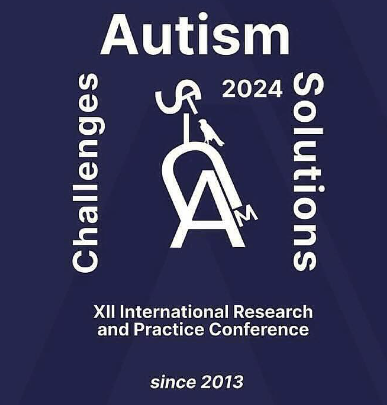Gamma-band neural activity and its relation to language skills and core symptoms of Autism Spectrum Disorder
منشور 2024-07-04
الكلمات المفتاحية
- Neurobiological studies,
- autism spectrum disorder (ASD),
- magnetoencephalography,
- autism
كيفية الاقتباس
الملخص
Neurobiological studies of the past decade have suggested that the imbalance between neural excitation (E) and inhibition (I) in the neural systems is one of the key pathophysiological mechanisms in autism. Cortical gamma-band oscillations (30–100Hz) measured with electro- and/or magnetoencephalography (EEG/MEG) is considered as a non-invasive measure of E/I balance and, thus, they are of particular interest in autism research. In the talk, the results of the different multi-site projects in the U.S. addressed EEG-based biomarkers of autism will be presented. First, in a group of ~300 children with and without autism, using a syllable comprehension task in EEG, we showed the elevation of gamma activity in children with autism and this pathological increase of power was associated with worse behavioral language skills. Second, in a group of ~200 infants (6 and 12 months old) with and without elevated risk for developing autism, using another EEG task (presentation of videos consisting social vs. nonsocial content), similar elevation of gamma activity was observed in infants at high risk for developing autism and this increase of power was related to worse communication clinical outcome at 24 months. Finally, in a group of ~200 children with and without autism in a simple resting-state EEG paradigm, we observed increased gamma power in children with autism and this increase was associated with lower non-verbal IQ and higher presence of autistic traits. Importantly, cluster-based analysis revealed subgroups of children with autism based on the gamma power with both increased and reduced power, pointing to non-linear relationships between neural activity and clinical measures (“U” shaped functioning with extreme low and high values representing altered functioning). The results of the studies suggested that, indeed, altered E/I balance is associated with clinical characteristics of children with autism.

